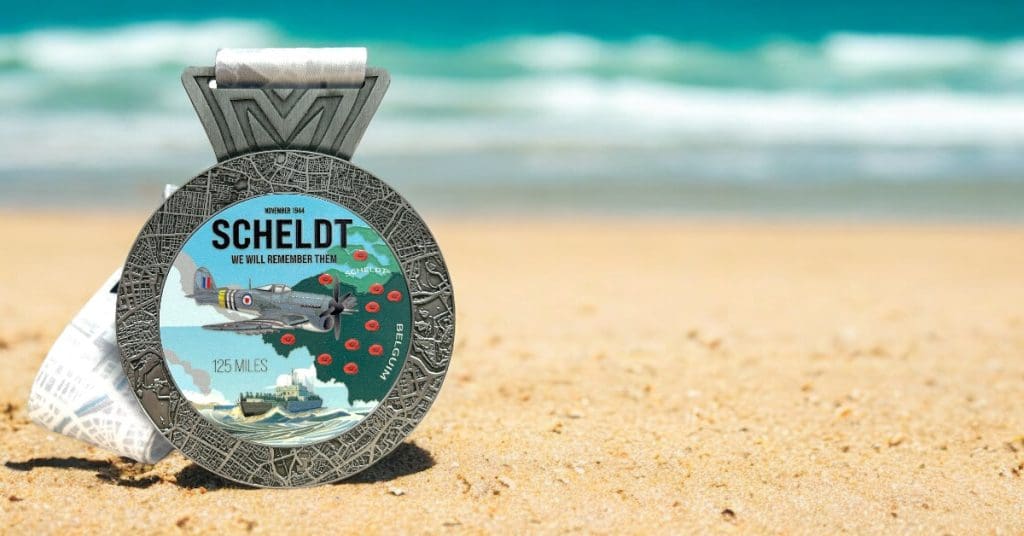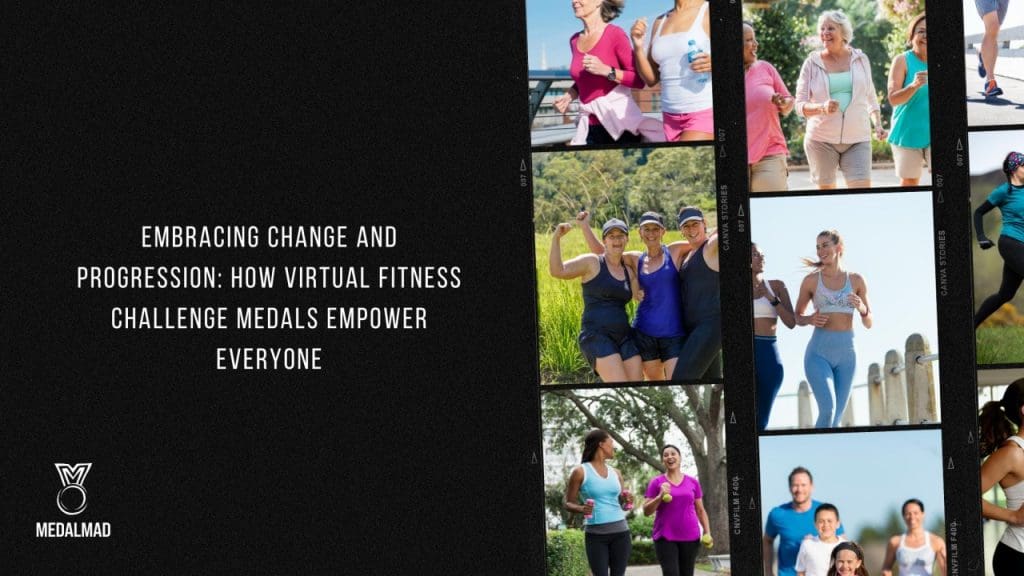SMART FITNESS GOALS FOR 2024

Smart goals are specific, measurable, achievable, relevant, and time-bound objectives designed to enhance personal and professional development. When it comes to fitness and wellness, MedalMad virtual challenges provide an ideal platform for setting and achieving Smart goals.
With a diverse range of virtual challenges, participants can tailor their objectives to meet the SMART criteria effectively. The measurable nature of tracking progress through distance, duration, or other fitness metrics ensures tangible results.
Achievability is facilitated by the flexibility of choosing challenges that align with individual fitness levels, making them relevant to personal aspirations.
The time-bound nature of virtual challenges, often featuring set durations or deadlines, adds a sense of urgency, enhancing motivation and accountability.
MedalMad’s virtual challenges offer a dynamic and engaging framework, making them a powerful tool for transforming SMART goals into successful accomplishments in the realm of health and fitness.
Here are somer examples of how SMAR goals differ from non-smart goals.
- Specific: Poor Goal: “I want to be better at running.” SMART Goal: “I aim to improve my 5K run time by 2 minutes within the next three months.”
- Measurable: Poor Goal: “I want to run more.” SMART Goal: “I will run 15 miles per week consistently for the next six weeks.”
- Achievable: Poor Goal: “I want to run a marathon next month, though I’ve never run more than 5 miles.” SMART Goal: “I will progressively increase my weekly mileage and train consistently to run a half marathon in four months.”
- Relevant: Poor Goal: “I want to become a better swimmer.” SMART Goal: “As part of my triathlon training, I will incorporate regular interval swimming sessions to improve my overall fitness and performance.”
- Time-Bound: Poor Goal: “I want to run a faster mile someday.” SMART Goal: “I will achieve a sub-7-minute mile within the next eight weeks by following a structured speed training program.”
By applying the SMART criteria to your running and fitness goals, you ensure clarity, trackability, and a realistic approach to your aspirations, ultimately increasing the likelihood of success.






